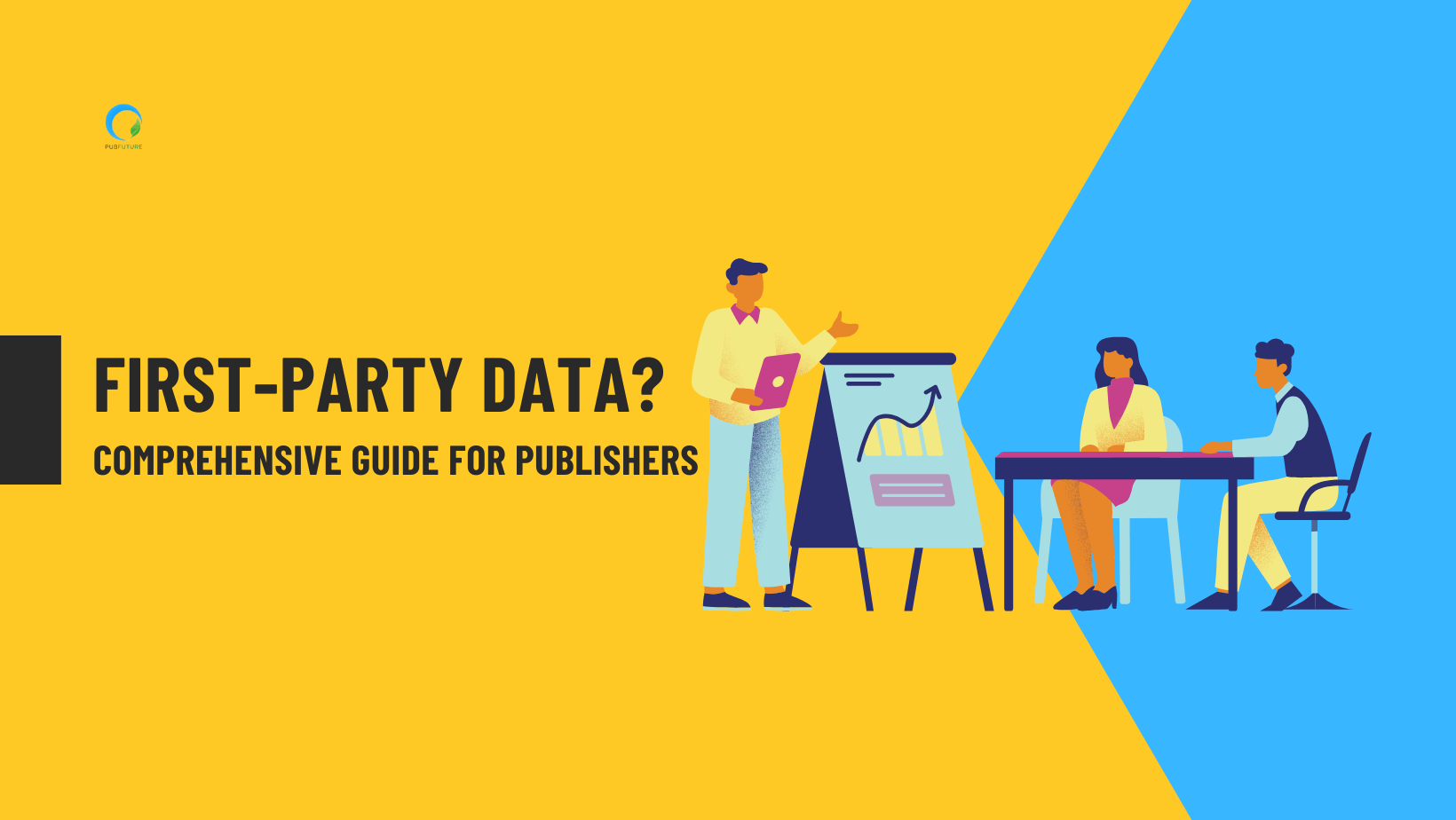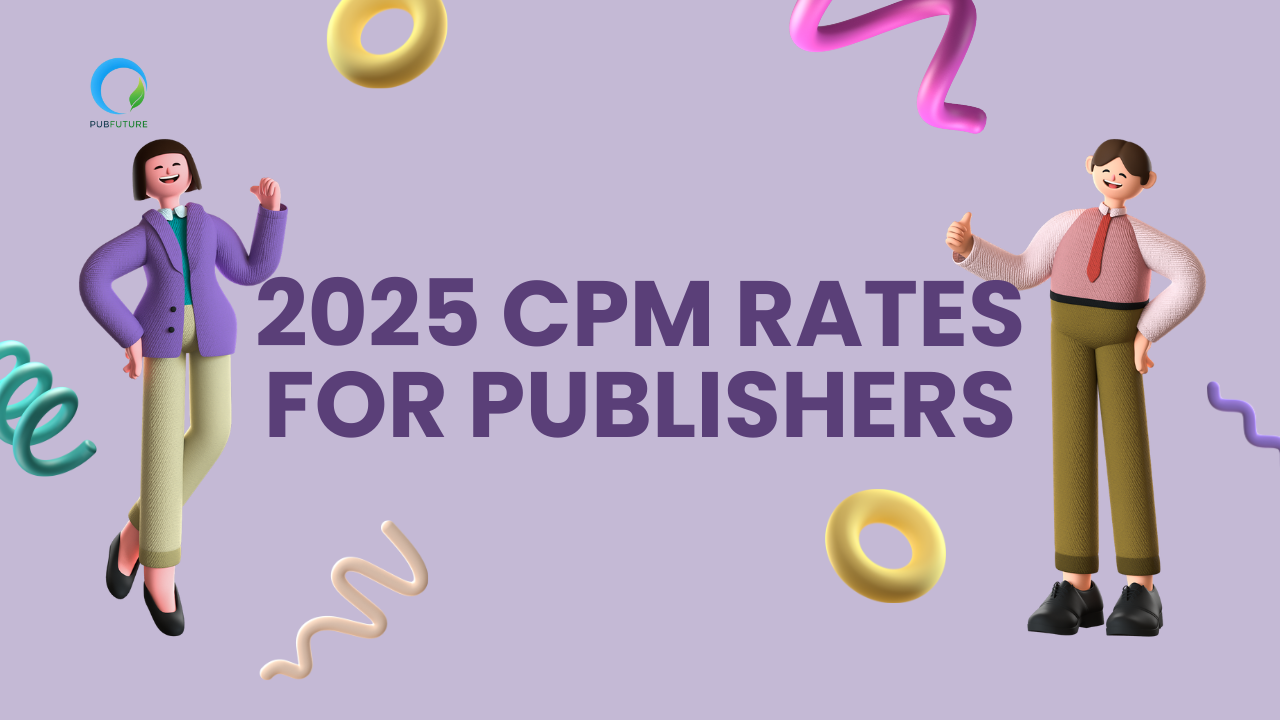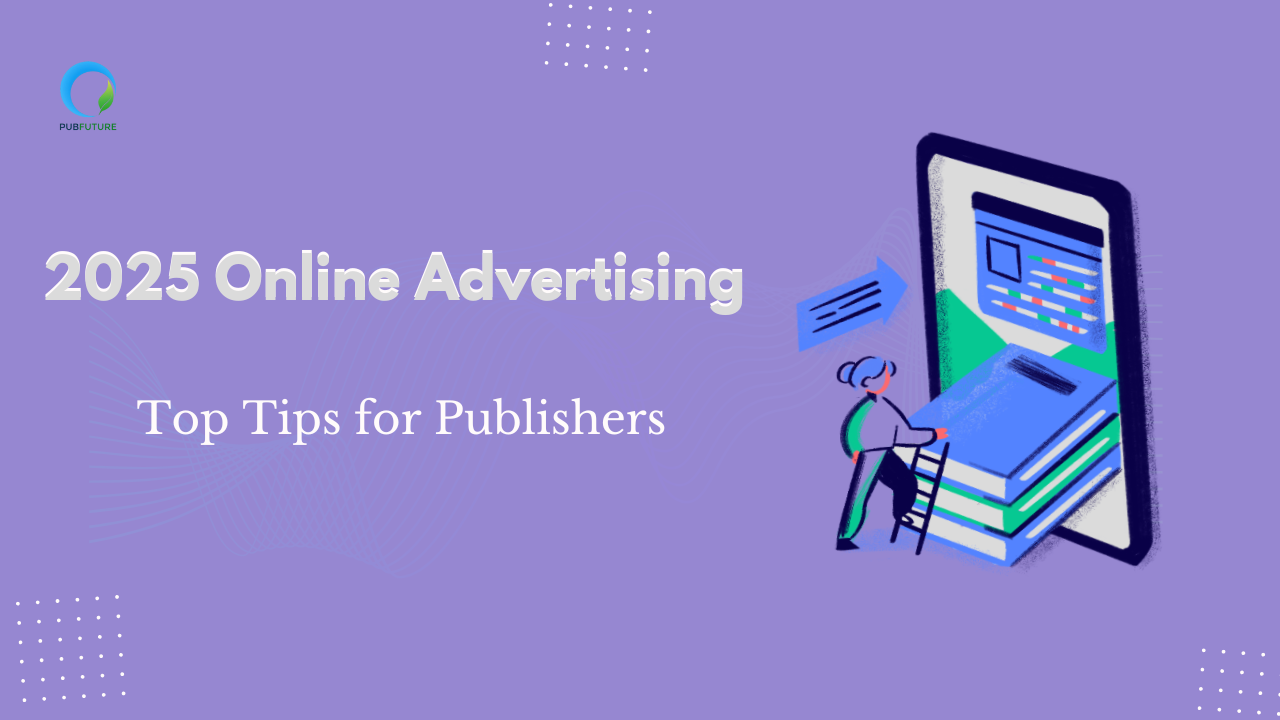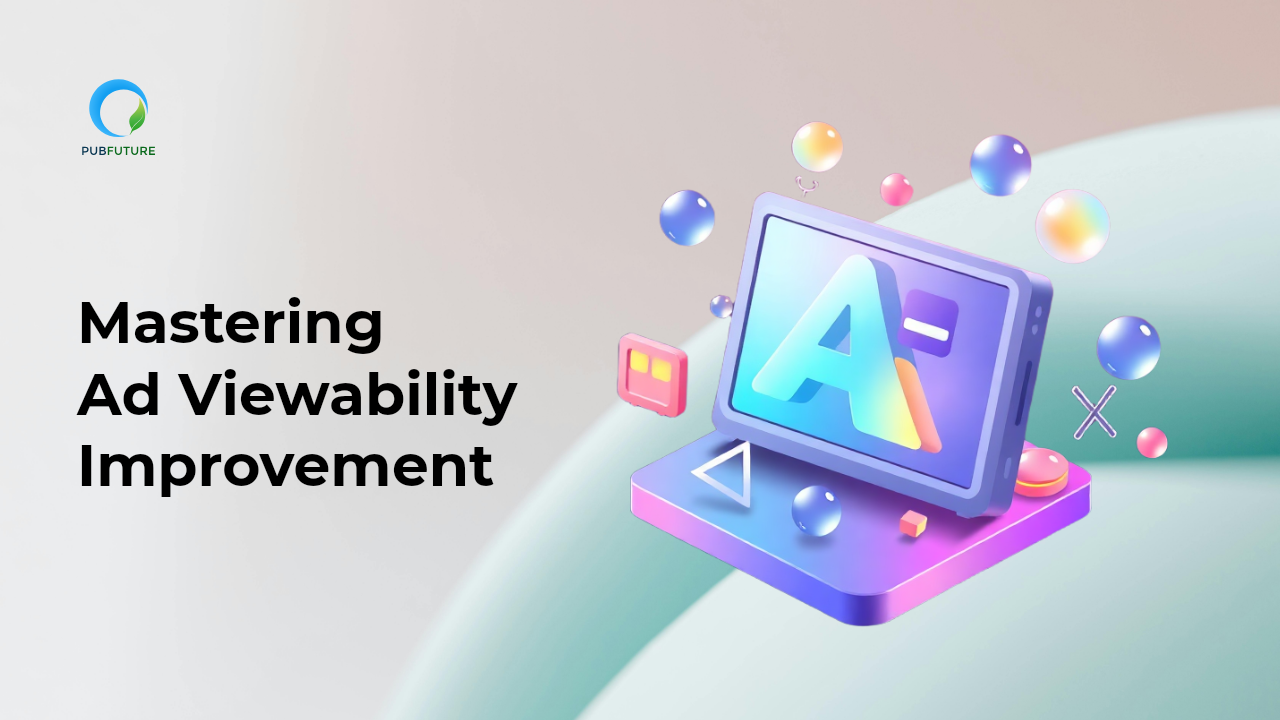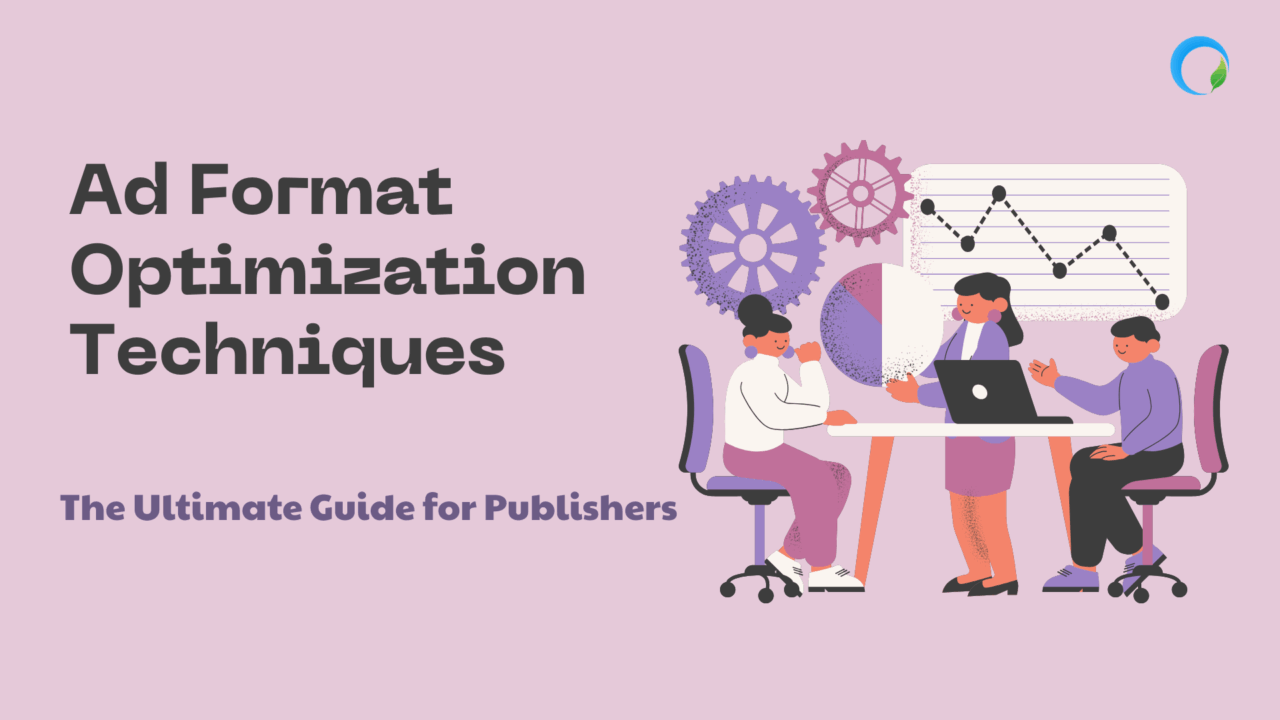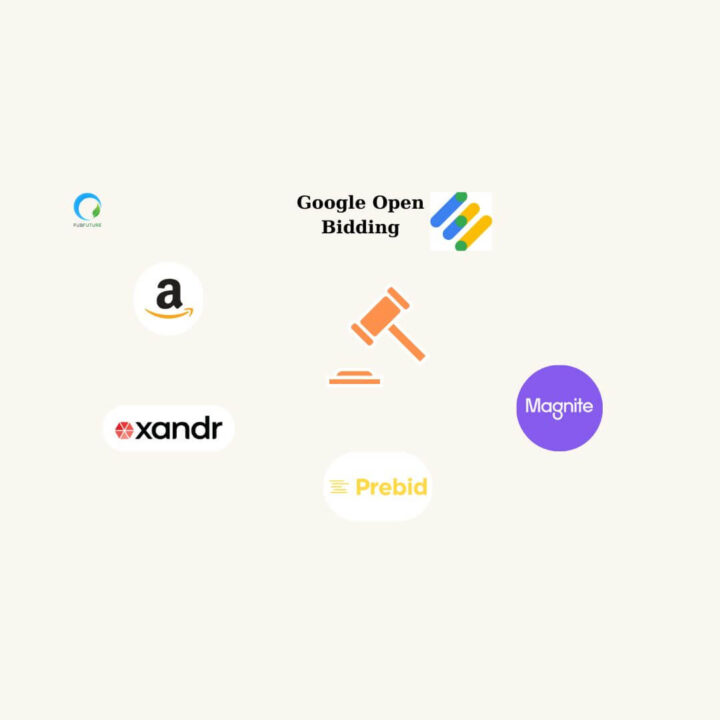Third-party cookies are quickly becoming a thing of the past as major browsers like Chrome, Safari, and Firefox phase them out to prioritize user privacy. This shift marks a fundamental change in how advertisers track and target users across the web. For publishers, it means losing access to one of the most commonly used tools for personalized advertising. Now more than ever, building a strong first-party data strategy is essential to stay competitive and maintain ad revenue.
From our blog, we will provide a comprehensive look at first-party data strategies, highlighting their significance and the most effective ways to utilize them for marketing goals. It also puts the role of first-party data into context by touching on Google’s evolving privacy policies over the years.
What Is First-Party Data?
First-Party Data is the information that publishers collect directly from users via a website, app, or email list without relying on intermediaries. It’s data you fully own and control.
Unlike first-party data, which is gathered directly, second-party and third-party data come from indirect sources. Second-party data refers to another organization’s first-party data, which they may or may not use themselves but often share with partners for business reasons.

Source: orphex.co
In contrast, third-party data is collected by companies that have no direct interaction with the individuals the data is about.
Why is First-Party Data Important for Publishers?
More and more publishers are leaning into first-party data, and here’s why:
Boost Ad Revenue
Advertisers pay more for high-quality, targeted inventory. If you can prove that users are finance-savvy, tech-obsessed, or sports fanatics, that insight becomes ad gold. A niche auto content site increased its CPM by 27% just by segmenting readers based on interest.
Survive the Cookieless Future
With Chrome set to block third-party cookies fully, publishers that rely on them for targeting or remarketing will be left in the dark. First-party data ensures you still know your audience and can offer targeted solutions to advertisers.
Improve User Experience
From recommending relevant articles to personalizing email newsletters, using your own data makes your content and ads more relevant, without feeling creepy. That means more loyalty, more engagement, and yes, more revenue.
Decreased Reliance on Third-Party Cookies
As leading web browsers discontinue the use of third-party cookies, first-party data emerges as a more dependable and enduring resource for advertising targeting.
Regulatory Compliance
This data is collected directly from users, usually with their knowledge and consent. This puts you in control and in a better position to follow the rules set by privacy laws like GDPR (EU) and CCPA. Unlike third-party data, which often comes with murky consent trails, it allows publishers to inform users exactly what’s being collected and how it will be used. It also supports key privacy rights like data access, deletion, and opt-out, making it easier to honor legal obligations and build trust.
What Types of Data Should Publishers Collect?
Easy-to-collect, high-value data
- Pageviews, time on site
- On-site search terms
- Reading interests by topic
- Newsletter signups/user accounts
- Ad/content/banner click behavior
Tools for first-data collection
- Analytics platforms: Google Analytics 4
- Google Tag Manager
- Popup tools: Sumo, ConvertFlow, Mailchimp
- WordPress plugins: MonsterInsights, WPForms
Publishers need a first-party data strategy to stay competitive in a privacy-first, post-cookie world. As third-party data becomes unreliable and restricted, having direct access to accurate, consented user data is essential for audience targeting, personalization, and monetization. A solid strategy helps publishers build trust, comply with regulations like GDPR/CCPA, and take full control of their data assets to drive long-term growth.
How to Build a First-Party Data Strategy
1. Define Clear Objectives
Start by identifying what you want to achieve with your first-party data. Are you aiming to personalize content, improve ad targeting, boost subscriptions, or increase engagement? Clear goals help you decide what data to collect and how to measure success. Tie each objective to specific KPIs like CTR, conversion rate, or revenue growth.
2. Audit Existing Data
Review what first-party data you’re already collecting and from which sources (e.g., website, email, app). Evaluate the quality, accuracy, and completeness of the data. Check whether it’s stored securely and if it’s being used effectively. This step helps you spot gaps and eliminate redundant or low-value data.
3. Identify Key Data Touchpoints
Pinpoint the user interactions where data can be captured, such as sign-up forms, on-site behavior, newsletter subscriptions, and feedback forms. Optimize these touchpoints to encourage users to willingly share valuable data. Make sure each interaction feels natural and offers a clear benefit to the user. The goal is to make data collection seamless and consistent.
4. Implement Consent Mechanisms
Ensure you’re collecting data in a transparent and compliant way by using tools like Consent Management Platforms (CMPs). Inform users about what data you’re collecting and why. Let them choose what they’re comfortable sharing. This builds trust and helps you comply with privacy laws like GDPR and CCPA.
5. Segment and Enrich Your Data
Once collected, organize your data into meaningful audience segments based on behaviors, preferences, and demographics. Enrich those segments with insights from analytics tools or CRM systems to make them more actionable. Better segmentation leads to more relevant content and targeted offers. This is where raw data starts creating real value.
6. Activate the Data
Put your data to work by integrating it with ad servers, email marketing platforms, personalization engines, or CDPs. Use it to deliver customized user experiences or to optimize ad placements. Activation is what turns passive data into active revenue opportunities. Test different approaches to see which performs best.
7. Test and Optimize
Use A/B testing and analytics to evaluate the performance of campaigns or content driven by first-party data. Learn what resonates with different audience segments. Continuously refine your strategy based on insights and performance metrics. Optimization should be an ongoing process, not a one-time task.
Conclusion
First-party data is no longer optional. It’s your most powerful weapon in a rapidly changing advertising world, especially in a cookieless future. Publishers who invest in audience insights today will be tomorrow’s leaders in revenue and user engagement.
Pubfuture has been helping publishers increase their ad revenue growth between 75% – 100% via our superior optimization solution. If you are a publisher who wants to know how can level up your revenue using an effective first-party data strategy, sign up and explore today.




